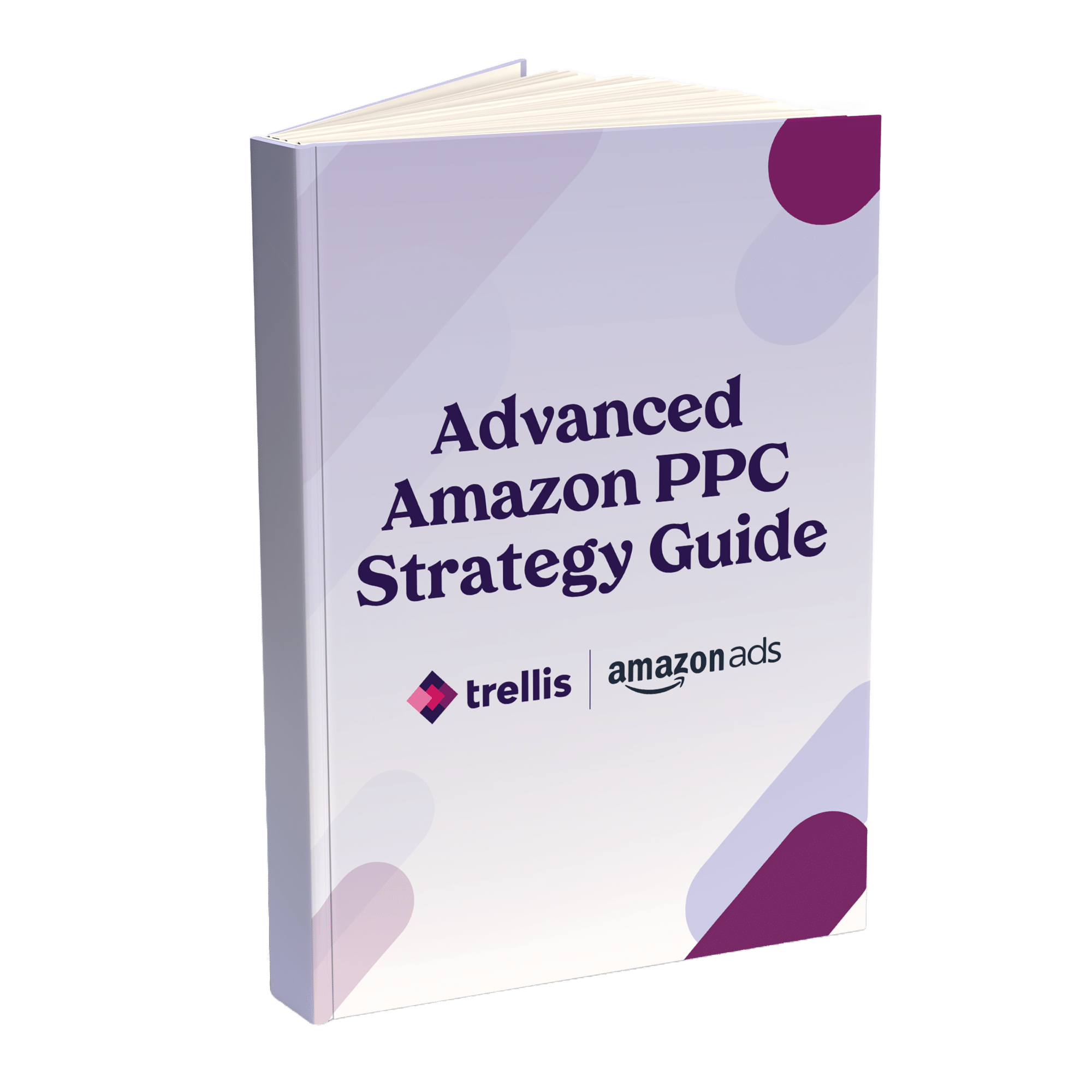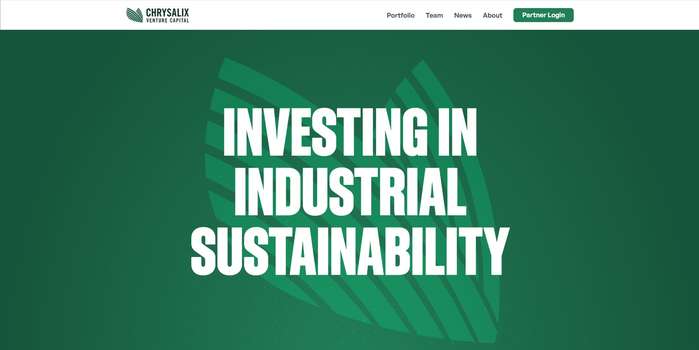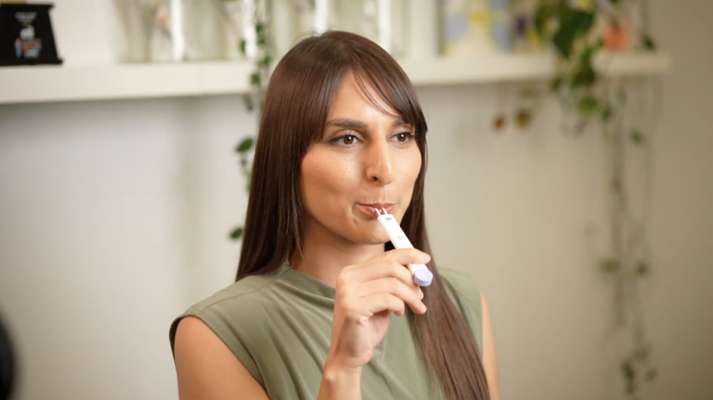How to Calculate the Cost of Amazon PPC Advertising
Many sellers new to Amazon wonder what the cost of Amazon PPC is. It’s no longer a “nice to have” in your strategy. With just about every Amazon seller advertising on (and off) Amazon, you need to be able to calculate the cost into your cost of doing business.
Once you know what impacts it, you can then learn how to control it.
What is the Cost of Amazon Advertising?
To determine the cost of Amazon Sponsored ads, simply look at the expenditure associated with the relevant campaigns. Therefore, your Amazon PPC Cost is generally whatever you can afford to spend. Keep in mind that most experts in the space will recommend investing at least 10% of your revenue back into your business for advertising.
However, when we look at Amazon PPC from the ground up, we can start to understand the underlying metrics that make up your campaigns to help determine what you should spend. Once we understand these, we can look for ways to get the most out of your Amazon PPC marketing.
One of the core metrics to look at is Cost-Per-Click (CPC). This tells you how much an advertiser pays every time a potential buyer clicks on their ad. For example, if you run a campaign and your ad gets clicked 10 times at a $1 CPC, your cost is $10. (If only ads were that inexpensive!)
Digging into these metrics, we begin to see how metrics like CPC affect your overall Amazon PPC results, how you can improve your conversion rate to get more out of your ad spend, and what permanent action you can take today to improve your Amazon PPC marketing long-term.

Increase Amazon Sales By 30%
Our Advanced Amazon PPC Guide is everything you need to take your Amazon profits to the next level.
How to Measure the Cost of Amazon Advertising
The two most popular metrics for Amazon sellers are Advertising Cost of Sale (ACoS) and Return on Ad Spend (RoAS) . Both are ratios of how much profit you made on your ad spend, and both are inversely related. However, both are important indicators of how efficiently your advertising budget was spent.

They are great indicators of how well products, campaigns, and overall accounts are doing. Yet, they are fairly high-level and don’t always paint a clear picture of what you can do to adapt. As you drill down into more specific metrics, you can find out what you need to increase, decrease, or change to optimize your ad spend.
Setting Your Target ACoS
The first step to managing and optimizing your advertising is setting your ACoS targets. This can be at an account, campaign, product, or ad level. The most straightforward way to set this is by starting with your breakeven percentage. This is where your profit margin equals your ACoS.
This works as a maximum as it ensures that you do not lose any money on the sale. There are some other valid reasons to set your ACoS here, especially when starting out.
Therefore, if you can determine your profit margin, you can set your maximum ACoS. You can use this as a benchmark and a red flag. Going higher than this over a long period of time signals that you need to either optimize your campaign or turn it off.
Once you have your Maximum ACoS, you can set your Target ACoS, a percentage that will be lower than the Maximum ACoS. Your Target ACoS will reflect the ideal profit you want.
In some instances, advertisers let their ACoS bleed into their profit margins. For example, when launching a new product, advertisers could let the campaign run to build momentum for the product. This is because there is a decent-sized chance that this ACoS can improve over time as you get more clicks, conversions, and reviews.
More clicks lead to more data collection which helps optimize keywords and content. As you start to see inexpensive keywords drive good results or common search terms resulting in sales, you can then adapt your targeting.
An improvement in conversions could lead to a better Best-Seller Rank (BSR) . Generally, Amazon gives high-selling brands better BSR whether they use ads or not. This can be valuable as brands with good BSR are often placed higher on the results page. This improved placement generally leads to a better Total Advertising Cost of Sale (TACoS) , a metric that factors in organic sales into your overall costs.
Lowering Your Amazon PPC Cost
When it comes to lowering your overall cost of Amazon PPC, there’s a lot to consider. Most sellers use ACoS or TACoS as a starting point. They’ll make adjustments and see if these percentages change. Strategically, Amazon sellers want to decrease the cost of traffic while also increasing overall revenue.
Start with these tactics, but remember to test them one at a time. If you make too many changes to your advertising campaign at once, you won’t know what’s working or what’s costing you. Be methodical in your approach to yield scalable results.
Optimize Existing Campaigns
There is a bit of a “honeymoon period” with new advertising campaigns, allowing products or videos to show up more often. This helps Amazon learn your product and campaign, and see how well everything matches. However, there are no campaigns in advertising that you can just set and forget. They’ll need to constantly be optimized, but with enough time to see if your adjustments are working. (There’s no overnight magic bullet!)
1. Run Manual Campaigns
Amazon Ads offers a couple of ways to create campaigns : Auto and Manual.
Auto campaigns cast a wide net of keywords to target. These are quicker in setup, but can be more expensive. While it could discover some profitable keywords, it’ll catch a lot of irrelevant ones. This usually results in higher ACoS. Using auto campaigns can help you harvest target keywords and ASINs.
Manual campaigns will usually have a lower ACoS if you have some PPC experience. These campaigns allow advertisers to be more specific in targeting, from specific keywords or phrases to ASINs. Advertisers can negate keywords that don’t represent the product or are too costly, create as many campaigns as you have products, and more.
2. Target Relevant Keywords
When we revisit the cost of Amazon advertising, managing your CPC is top of the list. Does this mean striving for the cheapest click? Not necessarily. If you have a high CPC on a keyword, but a higher conversion rate, then you might lower your ACoS.
Amazon and other advertising platforms are auction based. This means if advertisers find better ACoS on certain keywords, they will bid higher until it goes above their target ACoS. This makes the keyword more competitive, increasing its CPC.
Therefore, to beat the competition you cannot always win on CPC. Competitors are often looking at the same keywords you are. With more competition comes higher CPC. However, advertisers then need to consider conversion rates. Conversion rates are unique to each business, and also consider the quality of the listing as well, including content and reviews.
Also consider longtail or more niche keywords in your bidding strategy. These may have lower search volume, but result in a higher conversion due to a shopper’s higher intent. For example, “moisturizer for women over 50” might have a higher conversion rate than “moisturizer for women” due to the increased competition on the latter. Remember, your goal with most advertising campaigns is to drive sales.
3. Pick the Best Bidding Strategy
When creating a campaign, Amazon Ads provides some high-level strategy controls.
For a conservative approach, advertisers select “Dynamic Bid—Down Only”. This allows Amazon to lower your bid if a click is unlikely to convert.
For a more aggressive approach, advertisers pick “Dynamic Bid—Up and Down”. This allows Amazon to raise or lower your bid depending on how likely a click will convert into a sale. This bidding strategy works well if advertisers are confident in their high-converting campaigns.
Whereas a fixed bid strategy removes the dynamic element and keeps your bids the same. Advertisers use this when they want to test for a consistent bid.
Picking the right strategy is crucial to control your ACoS. You can either go aggressive or conservative, depending on if it keeps your ACoS under your benchmarks or the Target ACoS.
4. Add a Variety of Ad Types
Amazon offers a plethora of advertising types to cover a full-funnel approach:
- Sponsored Product Ads
- Sponsored Brand Ads
- Sponsored Display Ads
- Demand Side Platform Advertising
Every business is unique which means a unique balance of these advertising types. Sponsored Product ads have been around the longest and are the most well-used of the ad types. Sponsored Brand ads are generally more of a brand awareness play, and Sponsored Display ads are great for retargeting. Demand Side Platform is really geared toward brand awareness, allowing your brand to show up on and off of Amazon.
A dynamic advertising strategy likely has each of these ad types, targeting shoppers at different stages of the funnel.
Use Content to Increase Conversion Rates
The conversion rate is the percentage of customers who buy your product when they visit your page. If your content is not compelling and doesn’t convince shoppers, your ACoS will be higher. On Amazon, anything and everything on a product detail page counts as content.
To maximize your campaign optimization impact, you need to improve your conversion rate through best content practices.
- Utilize A+ Content to tell a better brand and product story.
- Optimize product titles with descriptive and relevant keywords. (No keyword stuffing!)
- Focus your bullet points to highlight key features, benefits, and differentiators.
- Maximize use of visuals with clear images and videos at the top of your product listing.
- Provide a great product and customer experience to encourage product reviews as social proof for future shoppers.
While no amount of content can change how well your product functions, humans rely on their intuition in buying situations as well. That means having high-quality content, social proof, and a recognizable brand matter. Building these things should lead to a better conversion rate, improving the outcome of your advertising campaigns.
Increase the Average Order Value
Average Order Volume (AOV) can also influence your ACoS, helping to drive more profitable advertising campaigns. There are a variety of ways you can influence this number without simply increasing the purchase price of your product. (If you’re interested in testing your pricing, we highly recommend Dynamic Pricing .)
For example, brands can offer wholesale prices for a bundle of toothpaste. This can increase the price on a listing ($15 for 3 tubes compared to $6 for one tube), thus giving lift to the AOV. Simply put, you are getting more revenue per sale so you can pay higher CPC and have lower conversion rates to make that sale.
To get more out of your Amazon PPC, find ways to increase value while staying competitive. Bundles work well in Consumer Packaged Goods (CPG) such as food, cleaning products, and health supplements. Though, there are other strategies you can employ depending on the category.
Maximize Your Advertising Effectiveness
While there is a lot that goes into determining the cost of Amazon PPC, maximizing your ad spend through efficient ACoS and underlying metrics should be your goal. Revisiting the ACoS equation can help you identify the metrics you’d like to optimize. Use our ACoS calculator tool to find your Target and Maximum ACoS!
Once identified you can start optimizing your campaigns, keywords, and ad types for more affordable traffic while updating content and increasing AOV to get more out of that traffic.
Learn more about the best way you can automate ad campaigns and measure what brings you the most return. Talk to one of our eCommerce experts, and get a walkthrough of our platform. Schedule a demo today!
Find Your Target ACoS

Increase Amazon Sales By 30%
Our Advanced Amazon PPC Guide is everything you need to take your Amazon profits to the next level.
The post How to Calculate the Cost of Amazon PPC Advertising appeared first on Trellis .
Full content in Trellis




